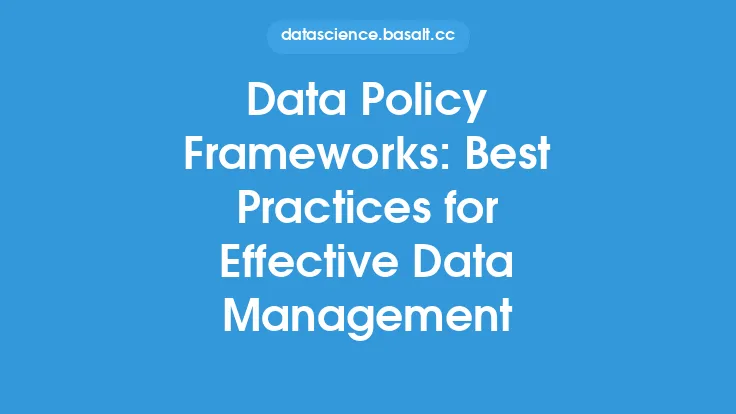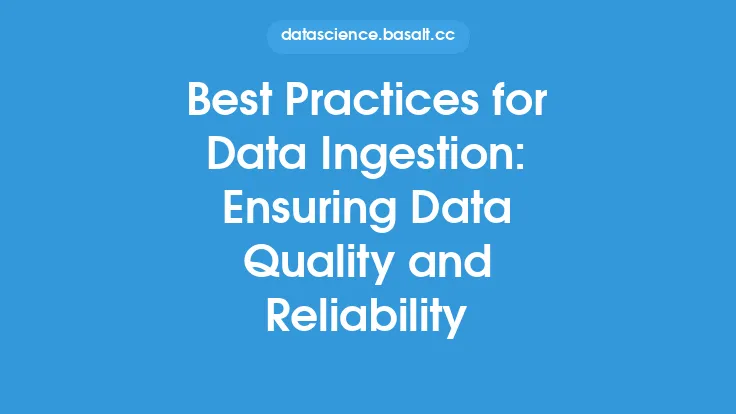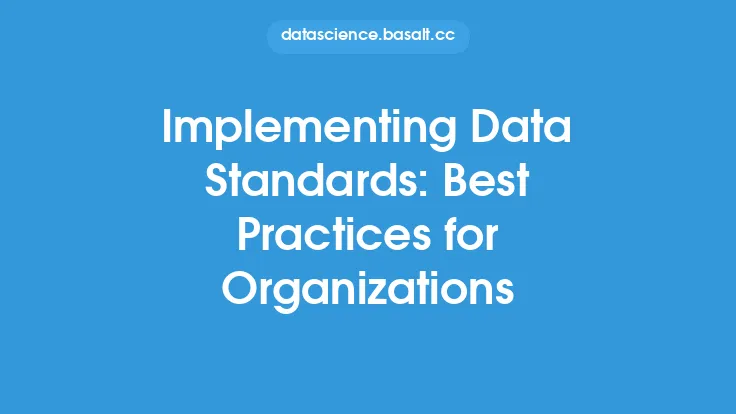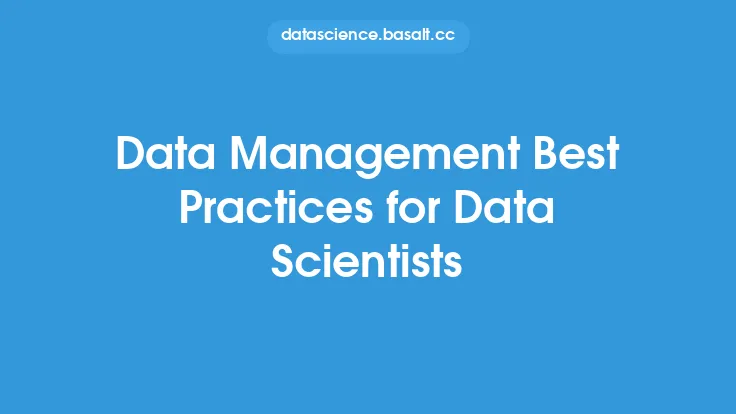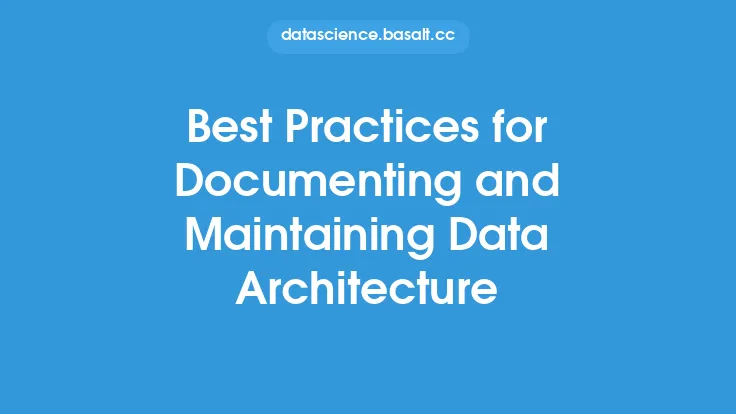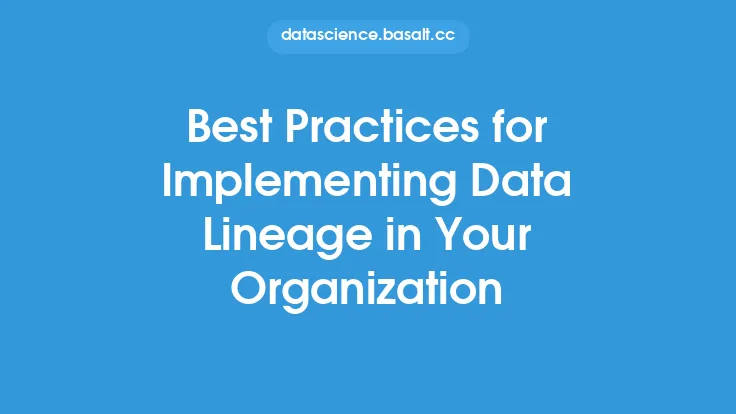Implementing a data compliance framework is a critical step for organizations to ensure they are meeting the necessary regulatory requirements and protecting sensitive information. A well-designed framework provides a structured approach to managing data compliance, helping organizations to mitigate risks, reduce costs, and maintain public trust. In this article, we will delve into the best practices for implementing a data compliance framework, exploring the key components, technical requirements, and strategies for successful implementation.
Introduction to Data Compliance Frameworks
A data compliance framework is a set of policies, procedures, and controls that an organization implements to ensure compliance with relevant laws, regulations, and industry standards. The framework provides a comprehensive approach to managing data compliance, covering aspects such as data collection, storage, processing, and disposal. A well-designed framework helps organizations to identify and mitigate risks, ensure data quality, and maintain transparency and accountability.
Key Components of a Data Compliance Framework
A data compliance framework typically consists of several key components, including:
- Data governance policies: These policies define the organization's approach to data management, including data classification, access controls, and data retention.
- Compliance standards: These standards outline the specific regulatory requirements that the organization must comply with, such as GDPR, HIPAA, or PCI-DSS.
- Risk management: This component identifies and assesses potential risks to data compliance, such as data breaches or unauthorized access.
- Data security controls: These controls implement technical and administrative measures to protect sensitive data, such as encryption, firewalls, and access controls.
- Monitoring and reporting: This component ensures that the organization is continuously monitoring and reporting on data compliance, including incident response and audit trails.
- Training and awareness: This component provides employees with the necessary training and awareness to ensure they understand their roles and responsibilities in maintaining data compliance.
Technical Requirements for Data Compliance Frameworks
Implementing a data compliance framework requires a range of technical capabilities, including:
- Data encryption: Encrypting sensitive data both in transit and at rest to prevent unauthorized access.
- Access controls: Implementing role-based access controls to ensure that only authorized personnel can access sensitive data.
- Data loss prevention: Implementing technical controls to prevent data breaches, such as data loss prevention tools and incident response plans.
- Audit logging: Maintaining detailed audit logs to track all access and changes to sensitive data.
- Compliance monitoring: Implementing continuous monitoring tools to detect and respond to compliance incidents.
Strategies for Successful Implementation
Implementing a data compliance framework requires a structured approach, including:
- Conducting a compliance risk assessment: Identifying potential risks to data compliance and prioritizing mitigation efforts.
- Developing a compliance program: Creating a comprehensive compliance program that outlines policies, procedures, and controls.
- Implementing technical controls: Implementing technical measures to protect sensitive data, such as encryption and access controls.
- Providing training and awareness: Educating employees on their roles and responsibilities in maintaining data compliance.
- Continuously monitoring and reporting: Regularly monitoring and reporting on data compliance to ensure ongoing compliance and identify areas for improvement.
Best Practices for Maintaining a Data Compliance Framework
Maintaining a data compliance framework requires ongoing effort and attention, including:
- Regularly reviewing and updating policies: Ensuring that policies and procedures are up-to-date and aligned with changing regulatory requirements.
- Conducting regular risk assessments: Identifying and mitigating potential risks to data compliance.
- Providing ongoing training and awareness: Educating employees on their roles and responsibilities in maintaining data compliance.
- Continuously monitoring and reporting: Regularly monitoring and reporting on data compliance to ensure ongoing compliance and identify areas for improvement.
- Maintaining audit trails and incident response plans: Ensuring that the organization is prepared to respond to compliance incidents and maintain detailed audit trails.
Conclusion
Implementing a data compliance framework is a critical step for organizations to ensure they are meeting the necessary regulatory requirements and protecting sensitive information. By following best practices and implementing a comprehensive framework, organizations can mitigate risks, reduce costs, and maintain public trust. A well-designed framework provides a structured approach to managing data compliance, covering aspects such as data collection, storage, processing, and disposal. By prioritizing data compliance and implementing a robust framework, organizations can ensure the confidentiality, integrity, and availability of sensitive data.
